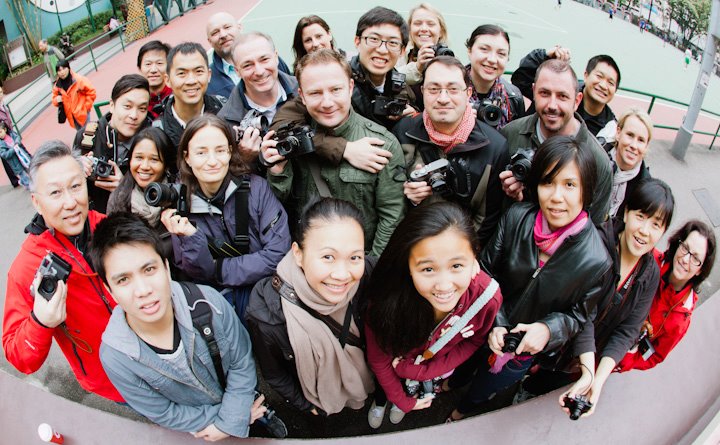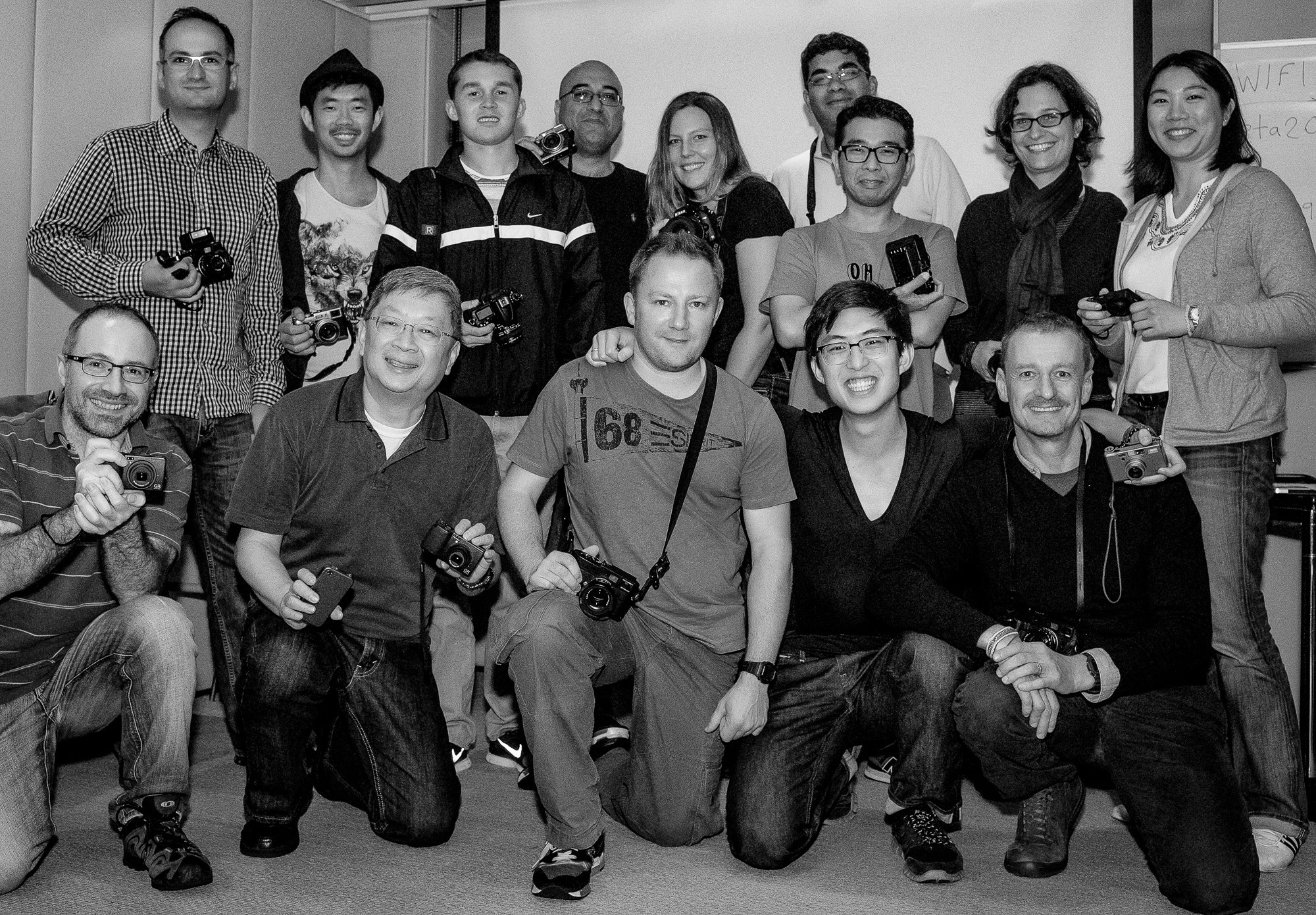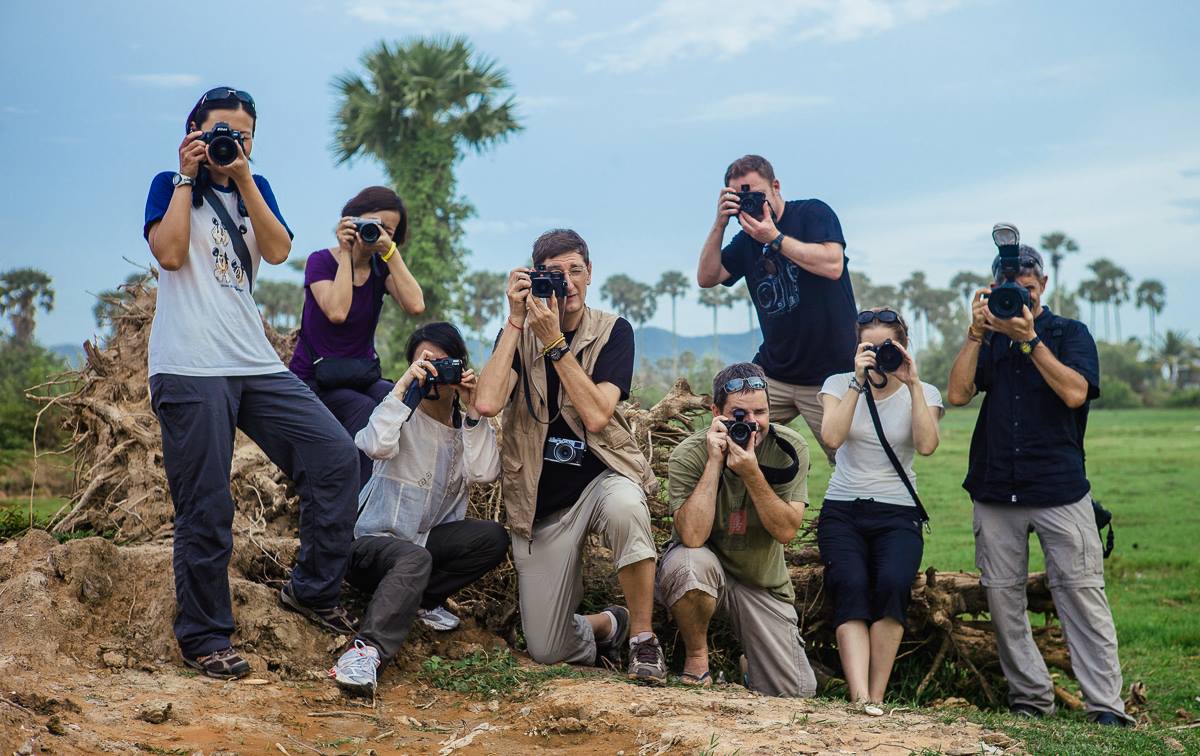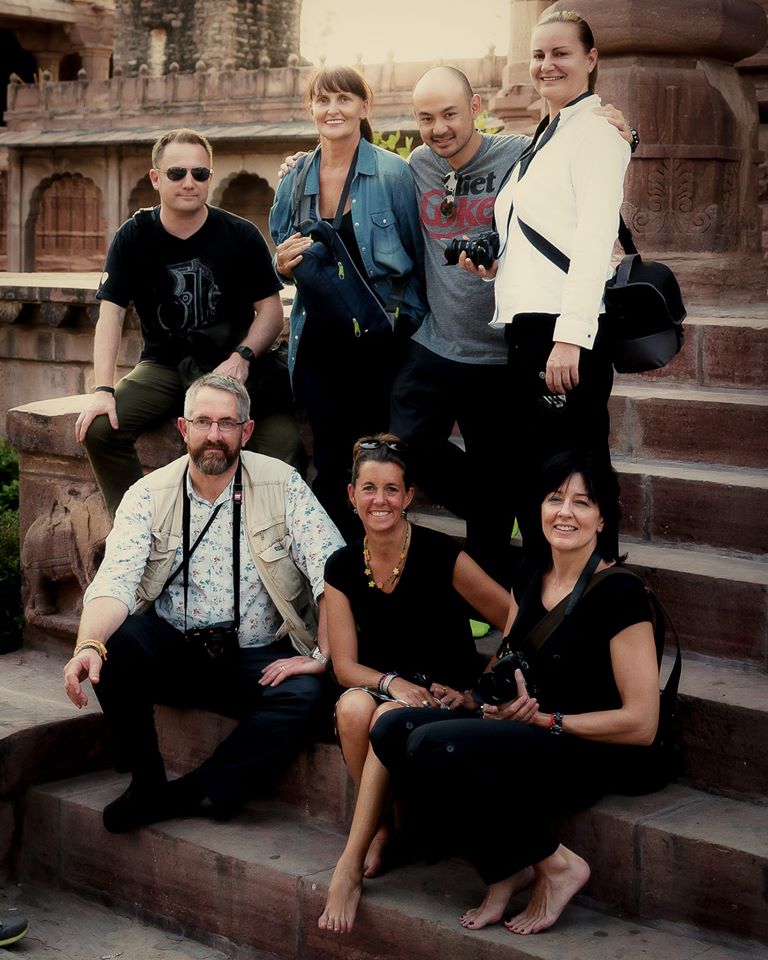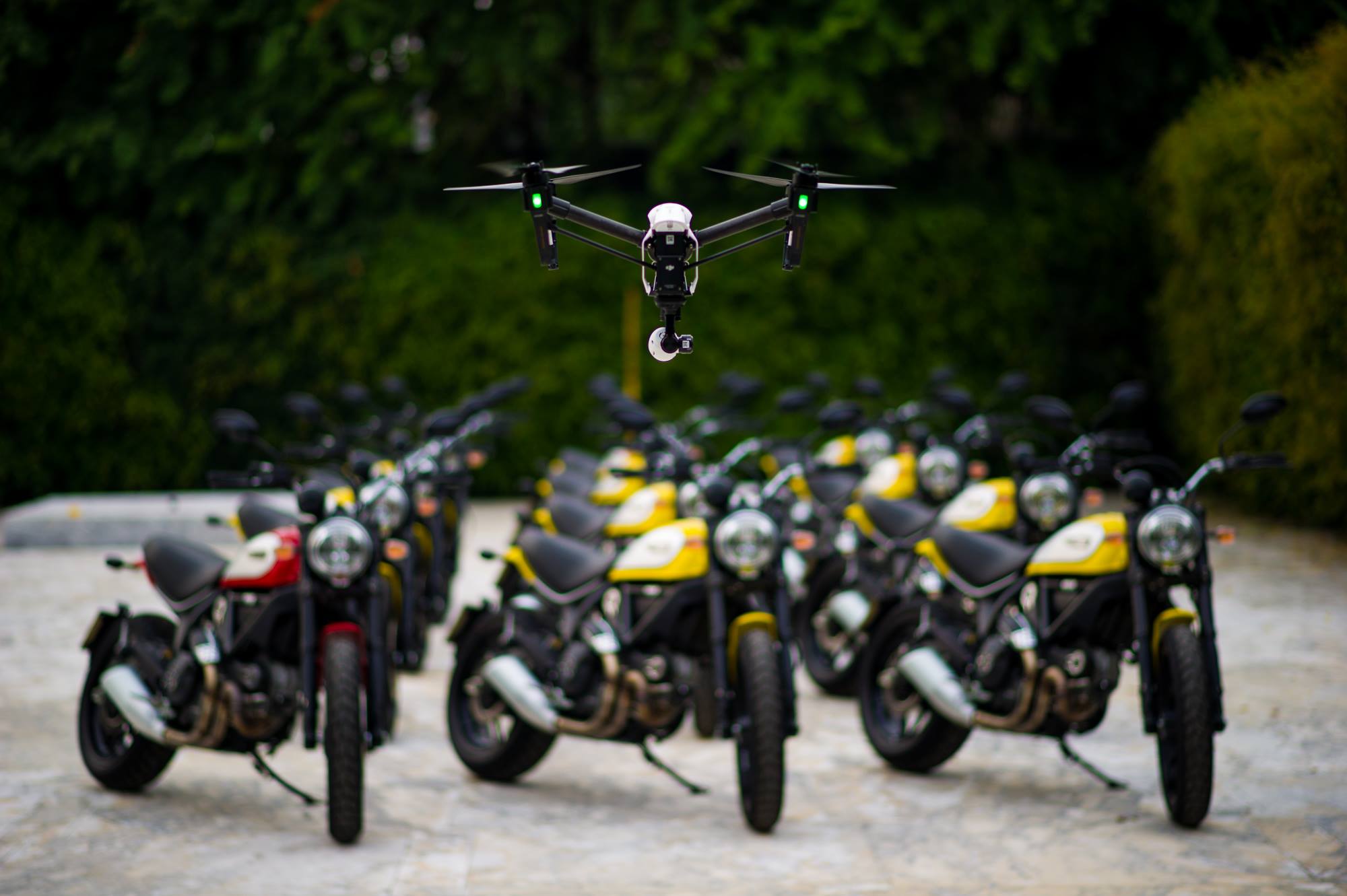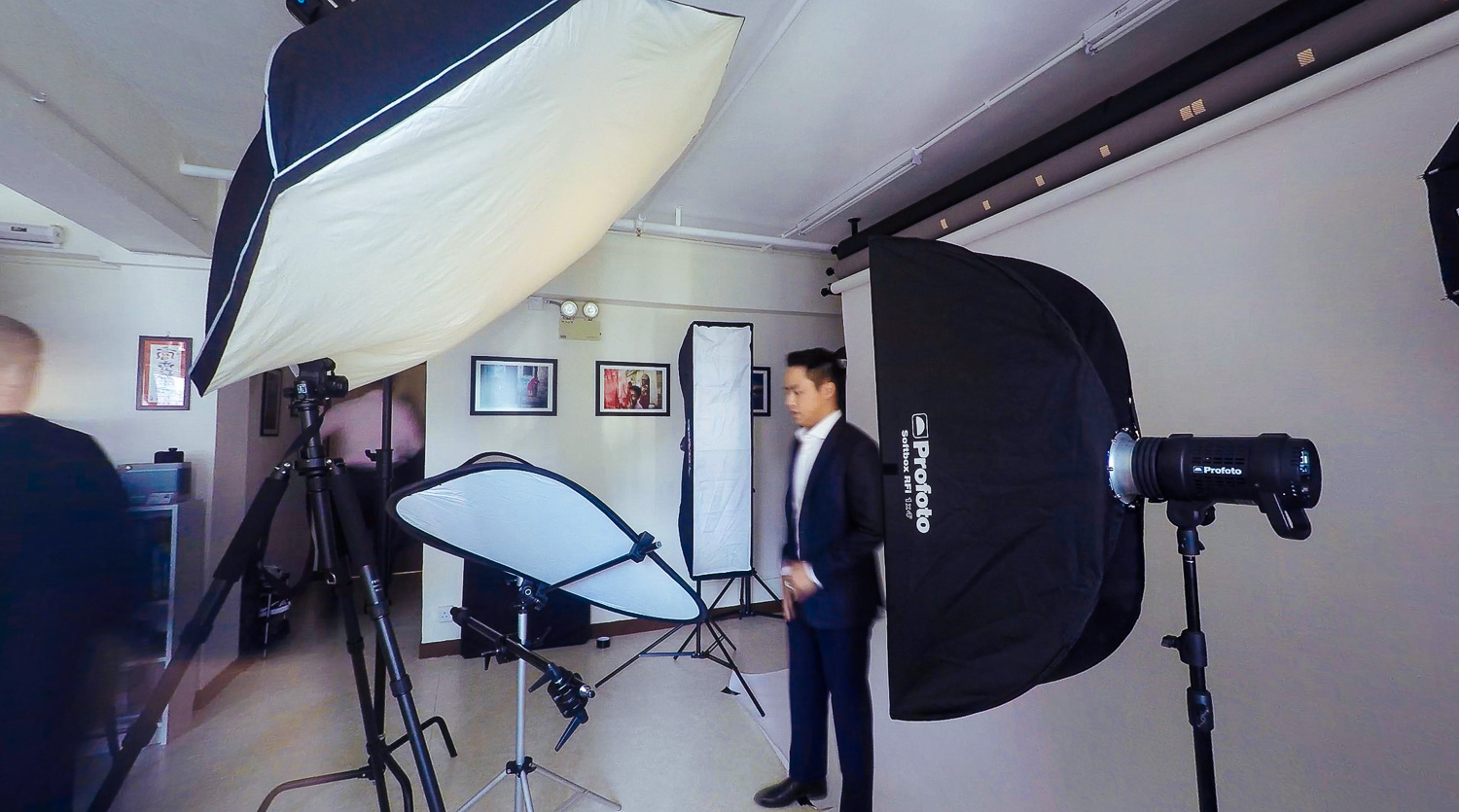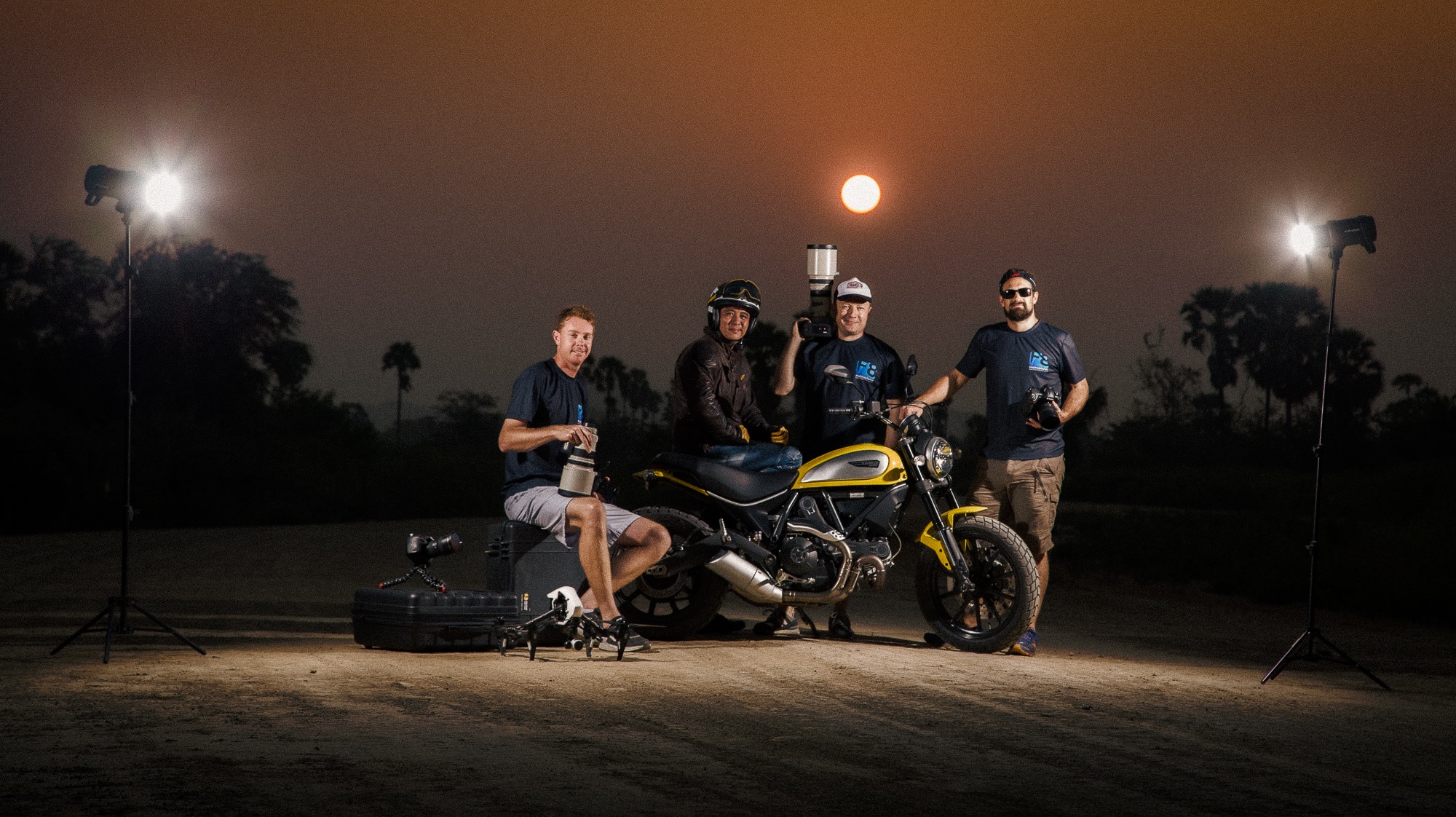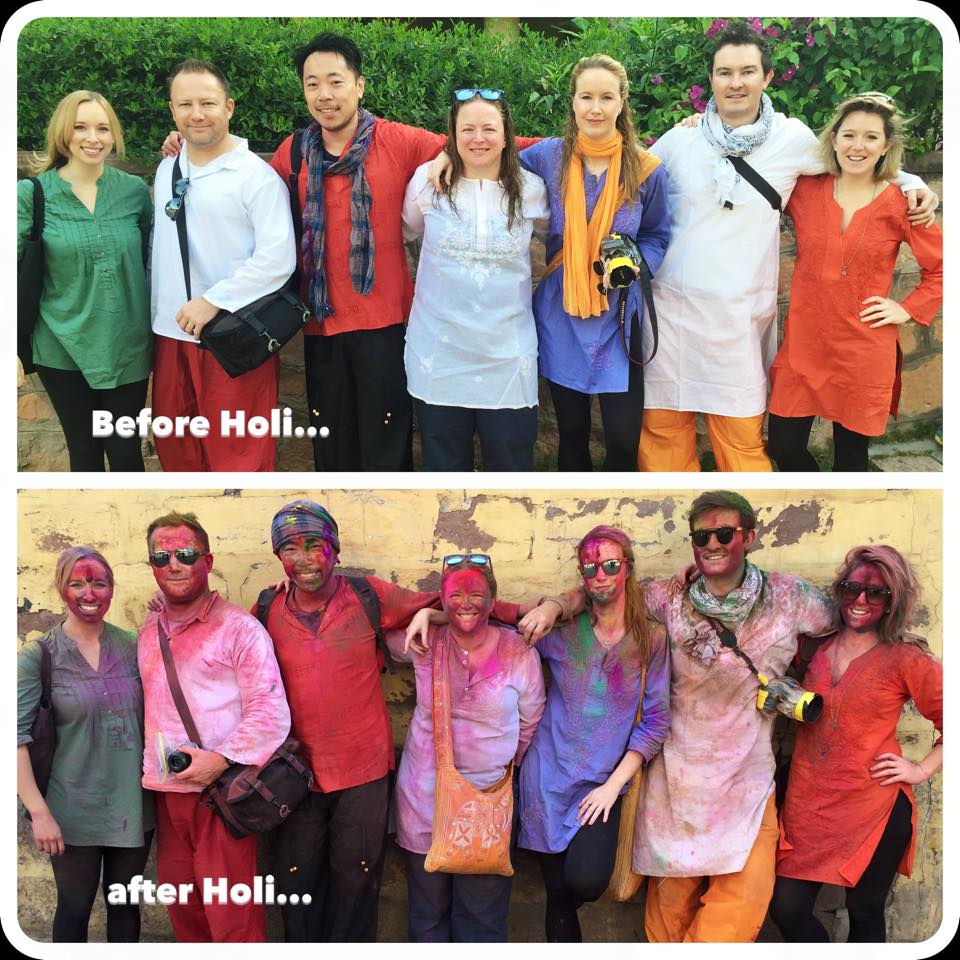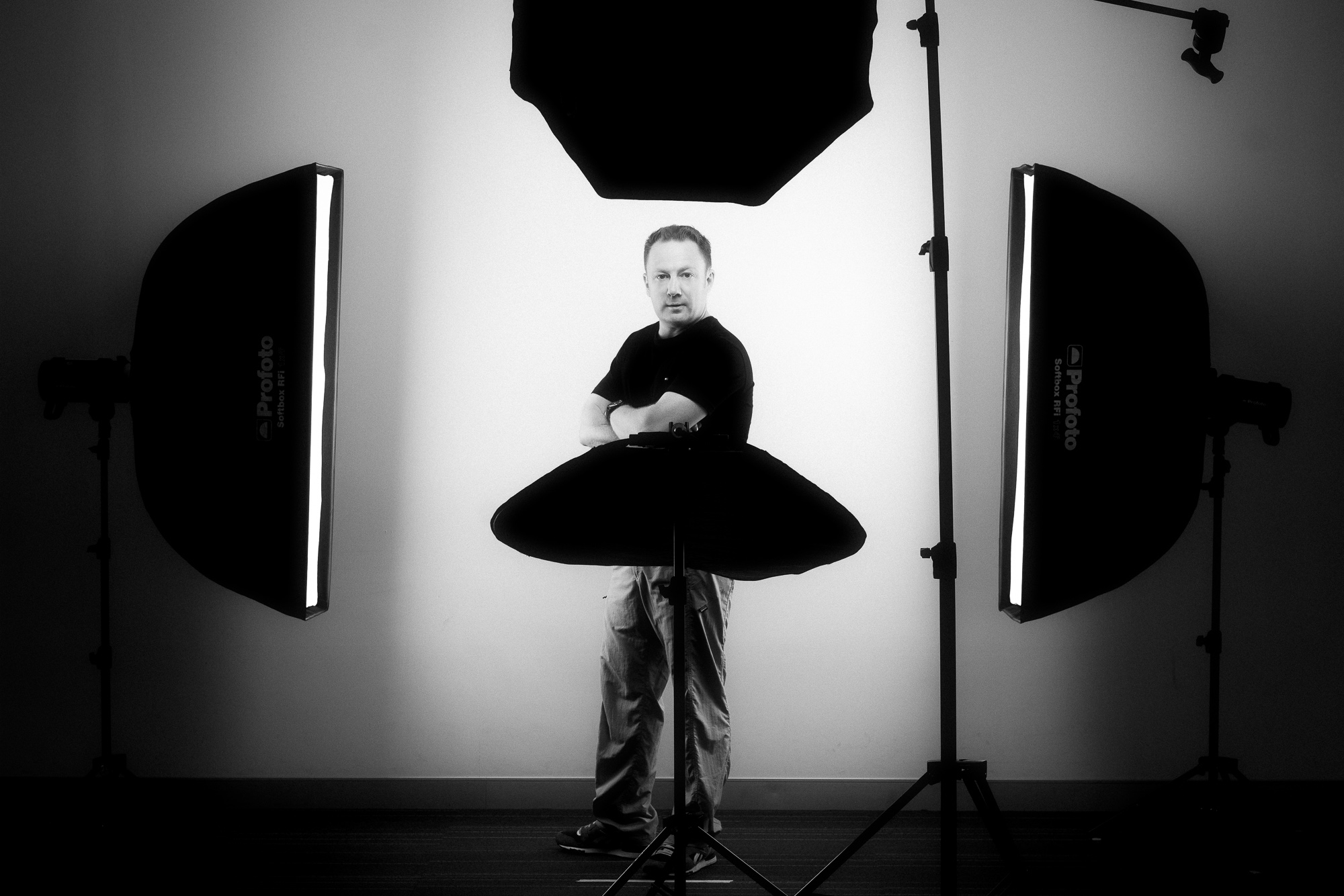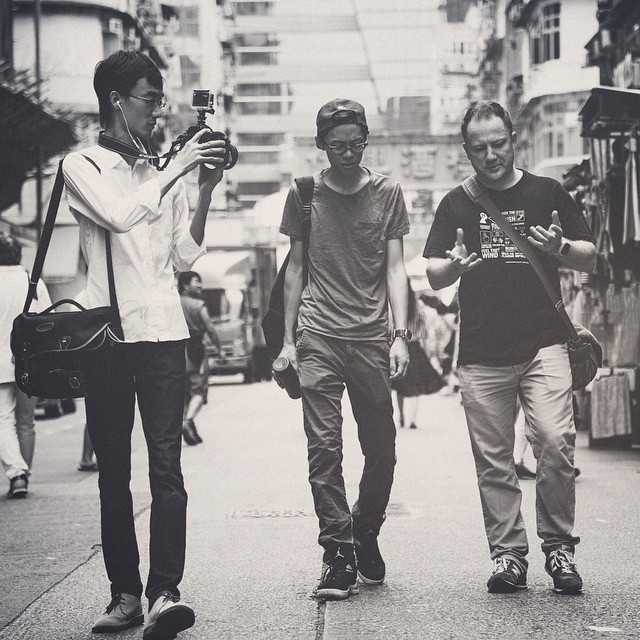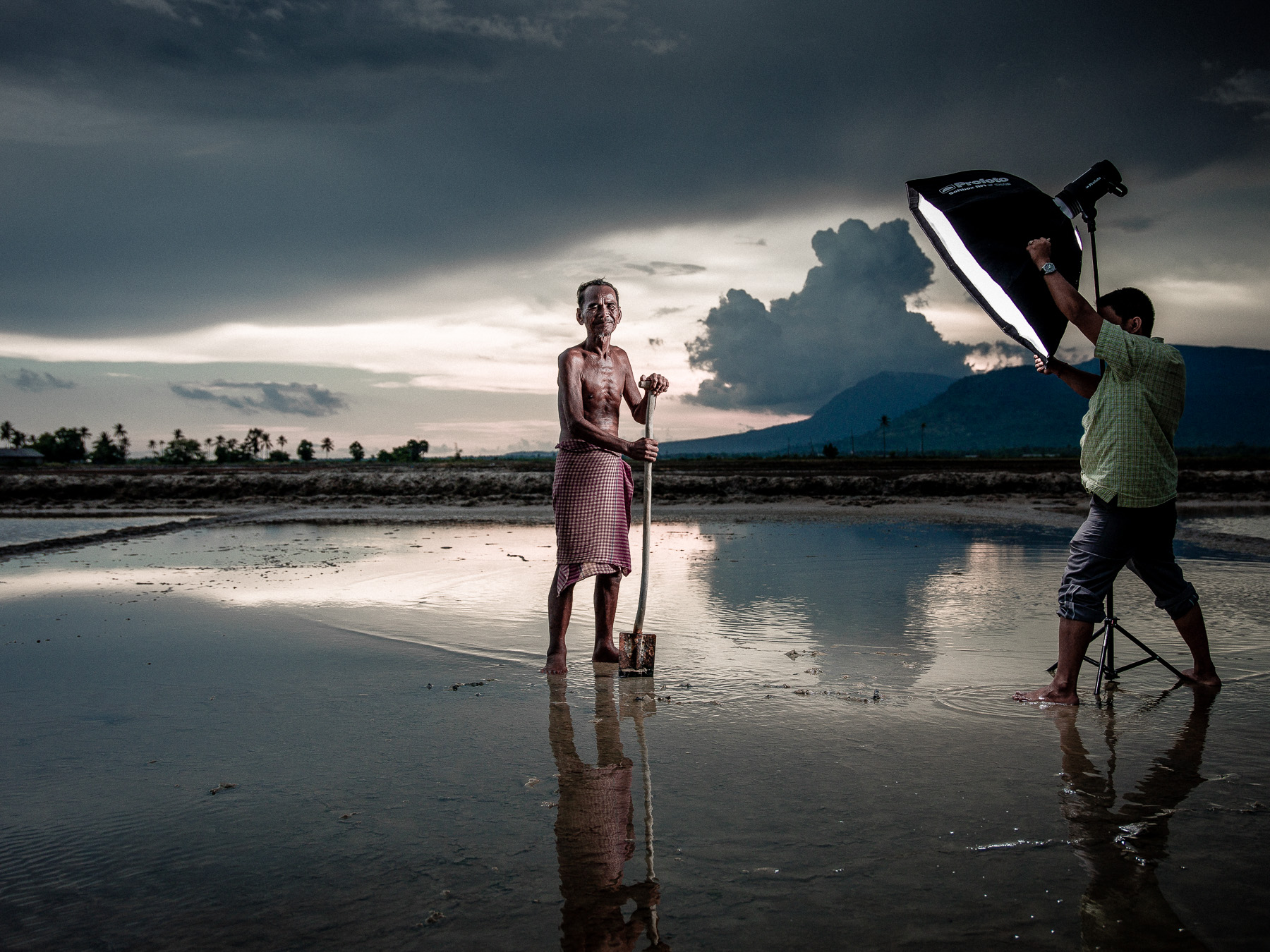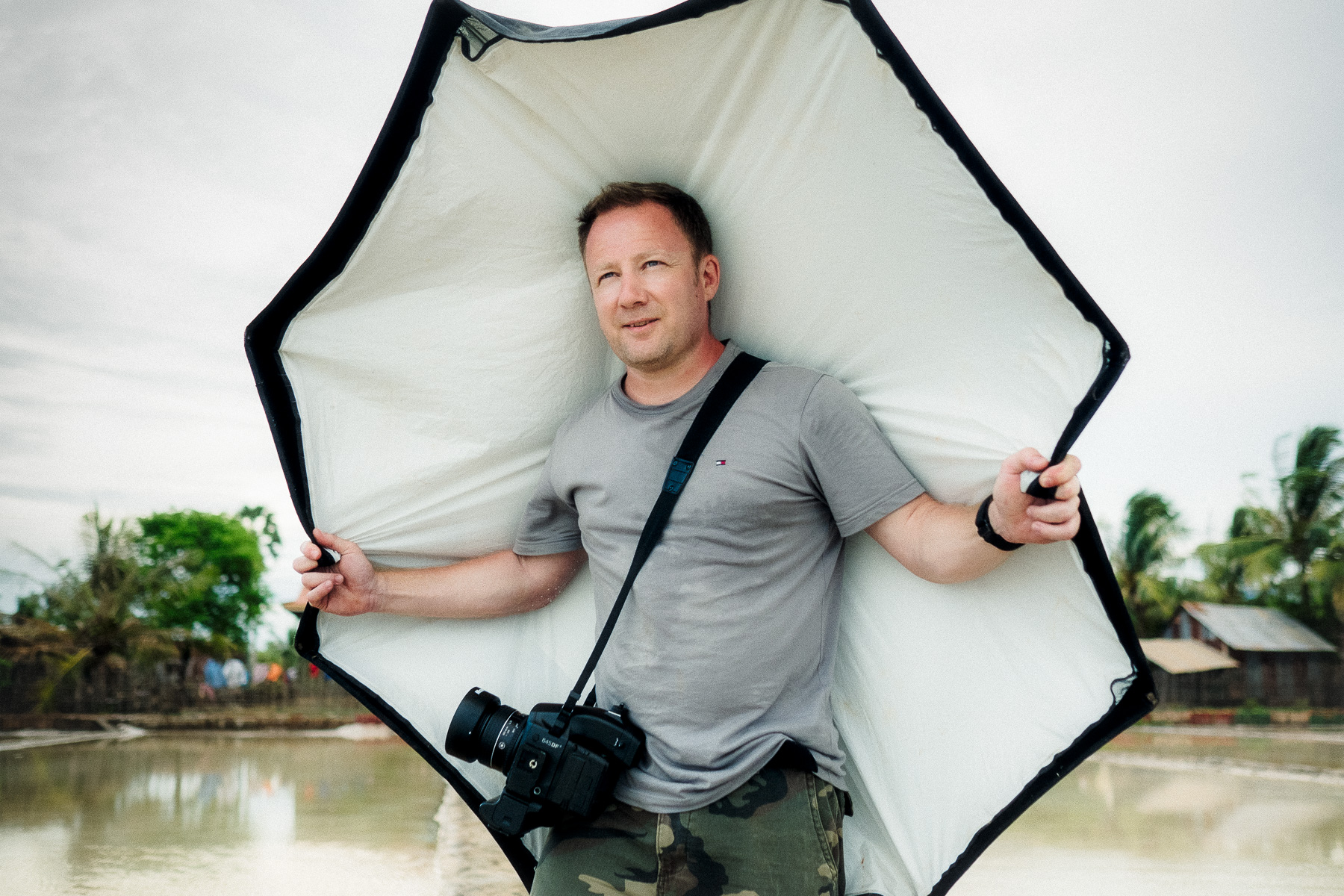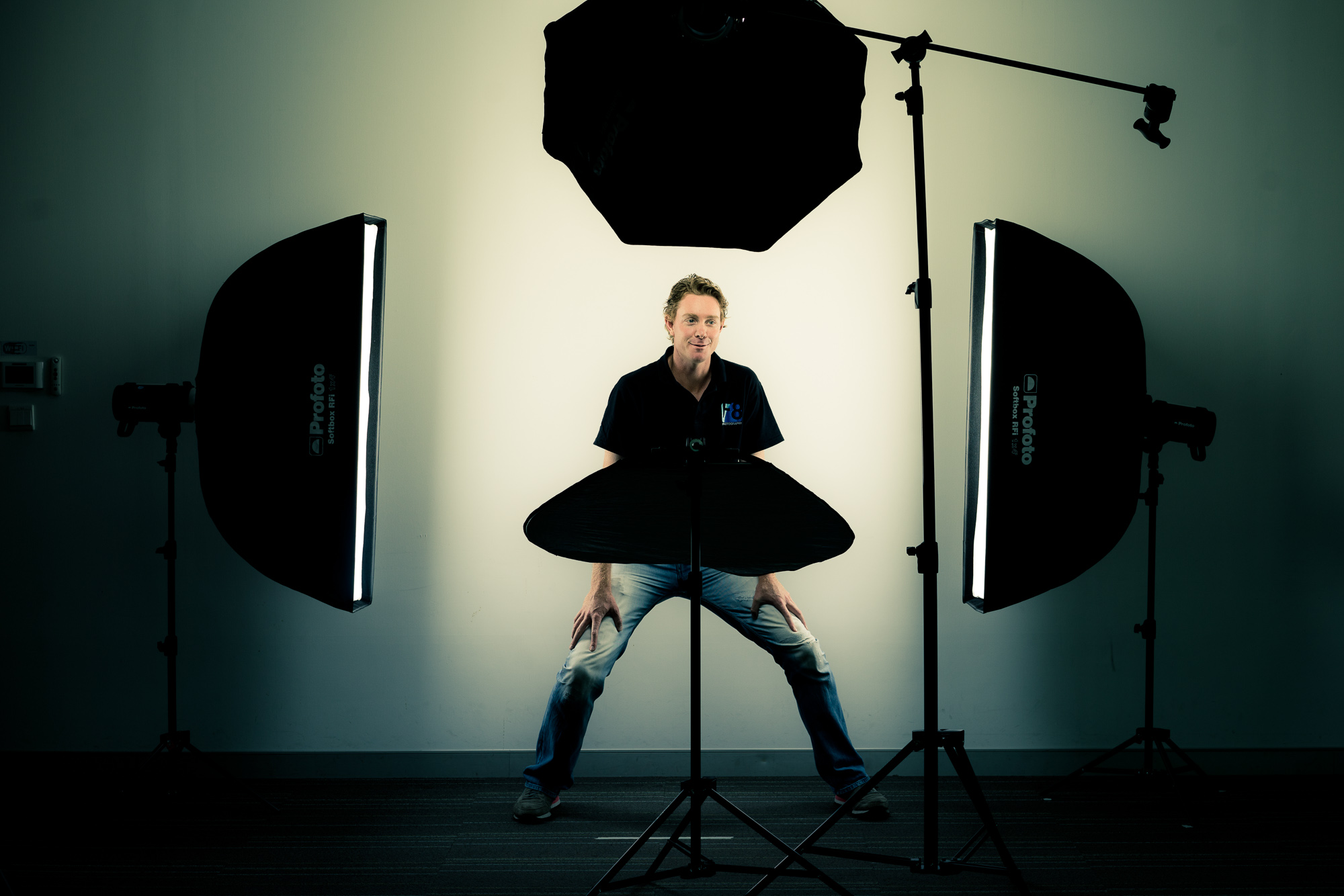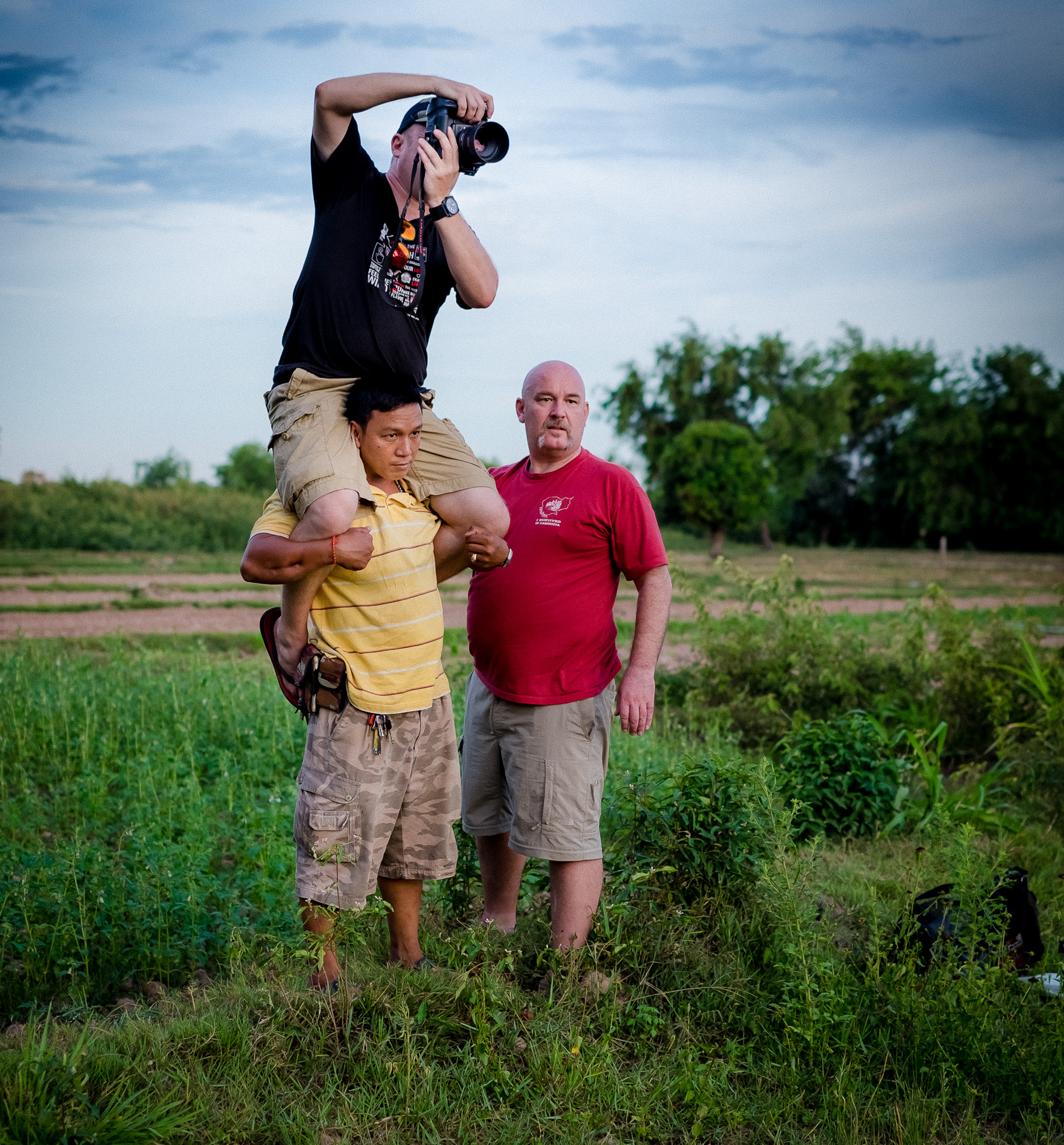Me and my Mamiya 7ii
/(50mm,(25mm equiv) - I turned to see this girl who was watching what I was doing)
On my crusade to find the perfect medium format camera over recent months, I think I may just have found the holy grail - The Mamiya 7ii.
Until recently, I had only been shooting film on the Leica M6 and a Rolleiflex for medium format. Now I REALLY love my Rollei, don't get me wrong, but sometimes I struggle with the square format, I just find it difficult to 'see' in 6x6 format, therefore the search started for something a little more traditional format, but as usual I wanted a super lightweight camera (like the M6) that could deliver outstanding image quality...
As I am no expert on film cameras as have been purely digital for many years, I was unaware of all the options available, then I started to learn about the Mamiya 7ii, a rangefinder....lightweight, with 6x7 format....hmmmm....this sounds too good to be true, so I started doing some more research, and it seems this camera is very highly regarded amongst those that use it.
The winner factor for me is size...its half the weight of a hasselblad, but has a bigger negative (6x7 as opposed to 6x6), and for me a more useable format. The lenses are second to none in optical quality, they make my Leica lenses all look soft in comparison. Granted, they are only F4 lenses, but this is not an issue with such a big negative size, and you cannot compare an F4 lens for this format to a 35mm format, as depth of field is not comparable. In effect, your focal lengths of each lens are halved, i.e. an 80mm lens is approx a 40mm lens in 35mm format, therefore an F4 lens can give you a depth of field not too disimilar to F2 (hope this makes sense...)....This is one of the reasons they don't need to make faster lenses, if you had an F1.4 lens on this format, depth of field would be so slight that you would struggle to ever get anything in focus.
The lenses I use on this system are 50mm (25mm equivalent), 80mm (standard lens, 40mm equivalent) and 150mm (75mm equivalent), which I think covers all bases, wide angle and architecture, standard lens and 3/4 portrait/headshot lens. All of this kit fits easily into a small 'Think Tank Retrospective 5' shoulder bag (the same bag I carry a 4/3 system in), and I am quite sure there is no other interchangeable medium format kit on the planet that can take up so little room and produce such big results.
Also worth noting are that the lenses use leaf shutters, which means near silent operation, and minimal vibration when shooting, hence handheld shots at lower shutter speeds are much more useable than with a DSLR rig.
(My friend Bernhard shooting inside Man Mo Temple - 7ii light meter coped easily with this scene)
I have read on some other blogs whilst researching that the Mamiya 7ii light meter is not the best, and not always accurate. I can only speak from my own experience and that is the light meter has been spot on for me every time I used it. I went and bought a separate light meter as I expected to get inconsistent results, however, after shooting a few films in different lighting, I can say that the meter is as good as any camera meter I have used before on any other system and gives me no reason to use an external meter in any situation I have been in thus far.
I shoot a lot on digital as I said before, and I spend a fair bit of time tweaking images with black and white conversions to get just the right look for that particular image in Lightroom 4 and Silver Efex Pro 2. Thats fine and thats all very necessary with digital RAW files, however, something I love about using different films is they all have a very different aesthetic to them, and all the images you see here on this blog post are unprocessed, just scanned in on my Epson V700 using Vuescan software. So these are as they appear on the negatives, which is what gets me excited, I strive to get similar looks to this with digital, and the truth is it just isn't posible to replicate it exactly. For one, the dynamic range of film is far superior, keeping highlight details on film is simple compared to digital, which allows for far greater range in lighting in scenes, something i had forgotten about until my return to film, I really hadn't taken much notice of how much I was losing with digital images. On a recent trip to Cambodia, a friend of mine shot a very similar image to the one below, he was using 5DIII, and the highlights on the metal roof were blown away if he exposed for the man.....the difference was quite apparent how much more dynamic range the film could handle in this light.
(Highlights were retained on the reflective roof)
(Another example of how highlight and shadow details are easily retained, and how sharp the 50mm lens is...)
I think there is room in all our camera arsenals to shoot both digital and film, digital will always be my standard method these days, for sure, but I like the way film images look, the different characteristics of each film, and perhaps the most important thing for me is the way I actually shoot when I use film....it slows me down, right down. With 120 film on the Mamiya you only get 10 frames per roll....thats not a lot....so you cannot shoot the same way as digital, you have to think much more about each frame, slowing yourself down, and that is always a good thing in my mind. The other thing I love about shooting this is after I go home or back to the hotel if abroad, I put the camera and films away and relax....I don't then sit down in front of a laptop and start phase 2 of several hours of picking, rejecting, editing, uploading......it isnt possible until the films are developed and scanned....so I get some of my own personal time back too....its a win win situation.
(I shoot much slower with the Mamiya....thats a good thing....slowing myself down :-)
I have re-learned to develop my own film at home in the kitchen, which again adds an element of fun to the whole process...I probably trashed 25% of the first films i shot as I had some 'issues' loading films in a change bag, but this all adds to the experience, and just gives a very different feeling to the final images.
I had some prints made a few weeks back from the 6x7 negatives, and the results are nothing short of spectacular, the resolution, detail and sharpness I can see in these images cannot be compared to any digital 35mm system, its far superior in many ways. Now I haven't used medium format digital so I can't speak for that, but one thing I know for sure is the cost alone of getting into medium format digital is no joke, and out of reach for many (myself included).
Here are some more samples from this amazing camera system, all scanned on the Epson V700 with no other corrections.
I have recently discovered the Contax G2 also.....another amazing little camera, this could be the 35mm rival to the Mamiya in terms of quality. My thoughts are that if you are a photographer currently shooting digital and what to broaden your horizons, then take a serious look at a small film camera. You will approach your shooting in a different way, which can only enhance your experience.
Happy shooting!
(Fuji colour slide...love it)
(Behind the scenes on recent Cambodia expedition)
(Very slow shutter speed in low light - no problem for leaf shutters)
(The 50mm lens - 25 equivalent, perfect for interiors or close up wide shots)
(The 150mm lens - 75mm equivalent, ideal portrait lens on the Mamiya 7ii)
(Temple complex close to Phnom Penh - Cambodia)
(The Mamiya 7ii - the perfect rangefinder camera?)
Thanks for taking the time to visit our blog, if you like our blog and website, please ‘like’ us on our public Facebook page and share this story with your friends with the Facebook and twitter links below. You can also subscribe to our blog via the RSS link below.
F8 Photography provides commercial photography and training across Asia, with workshops on Street Photography and other photography and video training courses, more details can be found via the ‘courses and workshops’ link and upcoming events via the front page of our website.
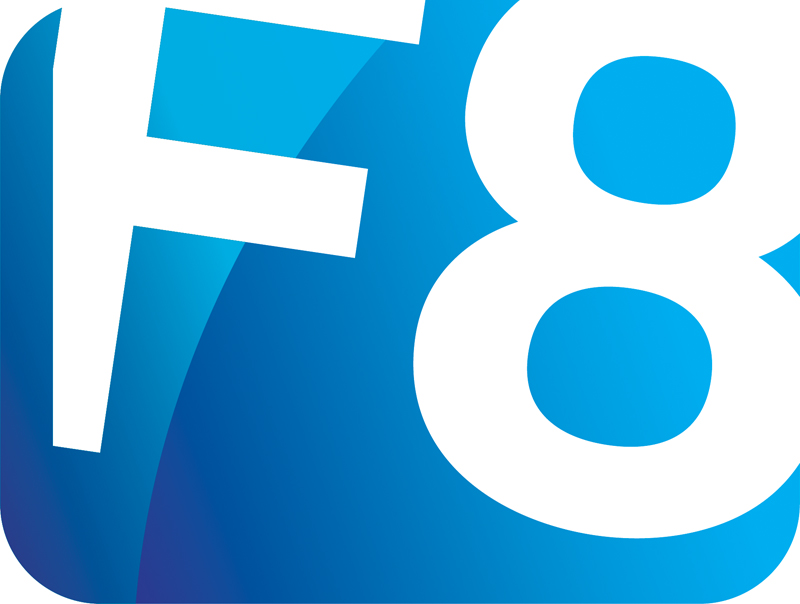

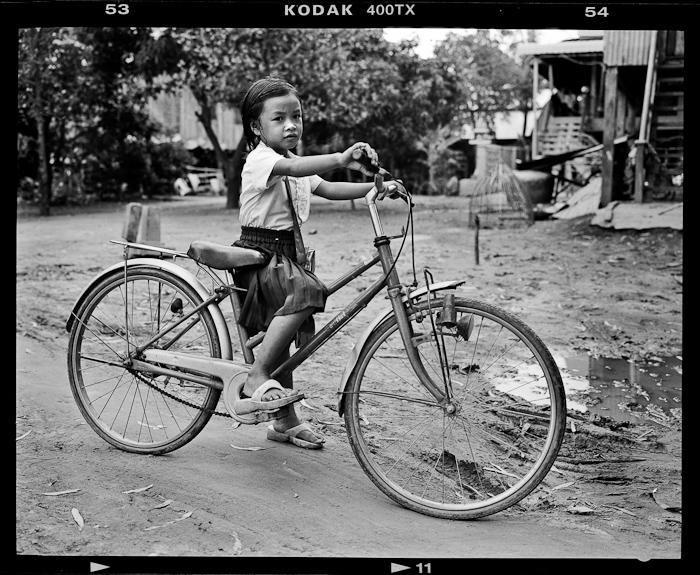
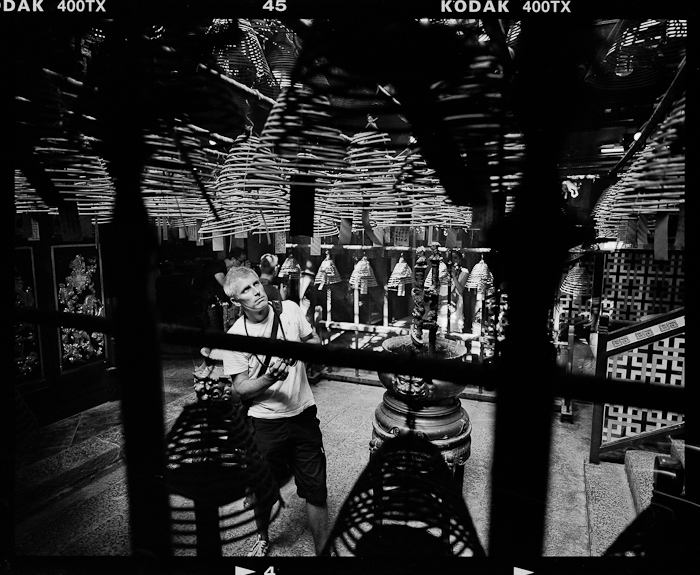

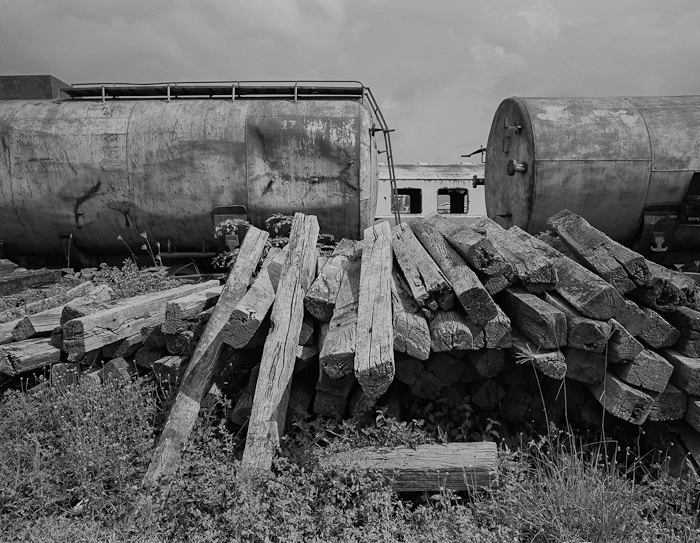






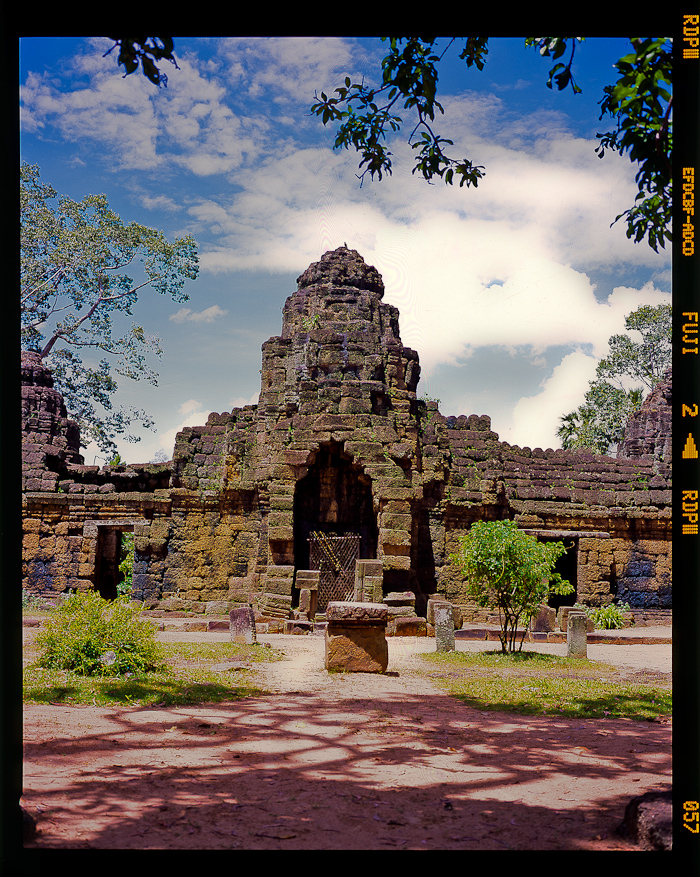

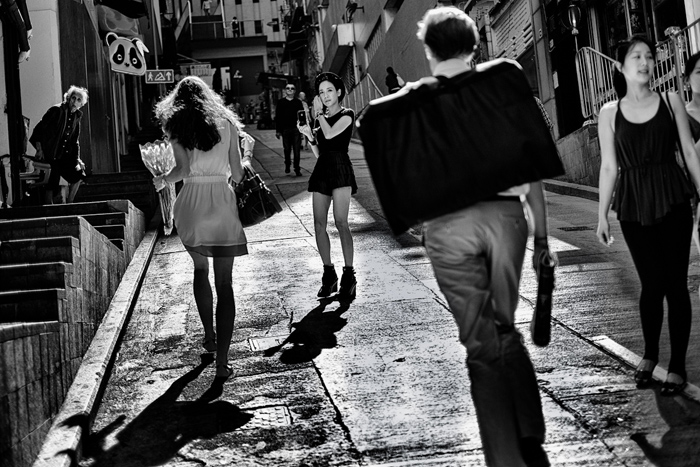


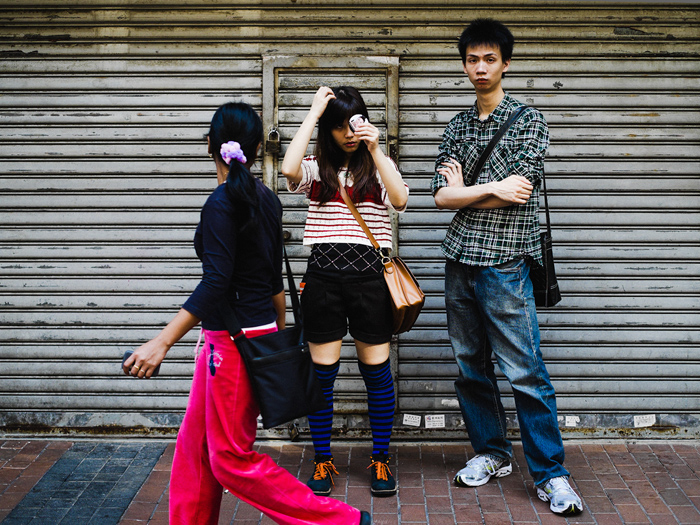



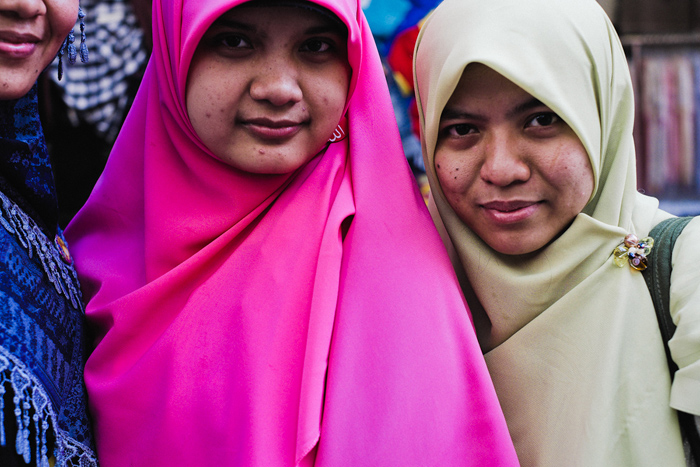
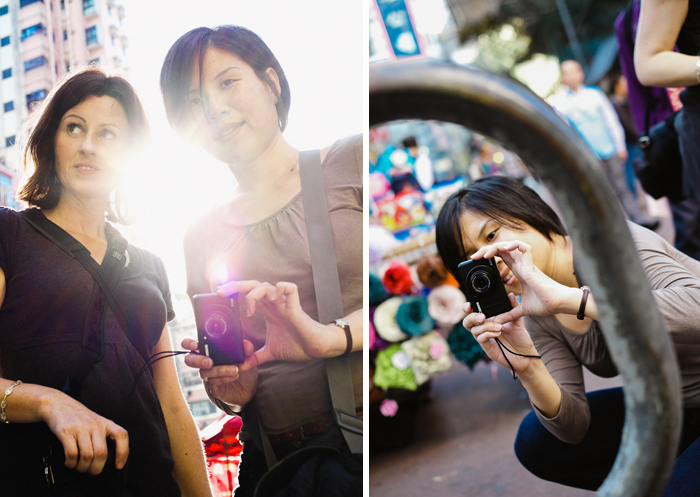
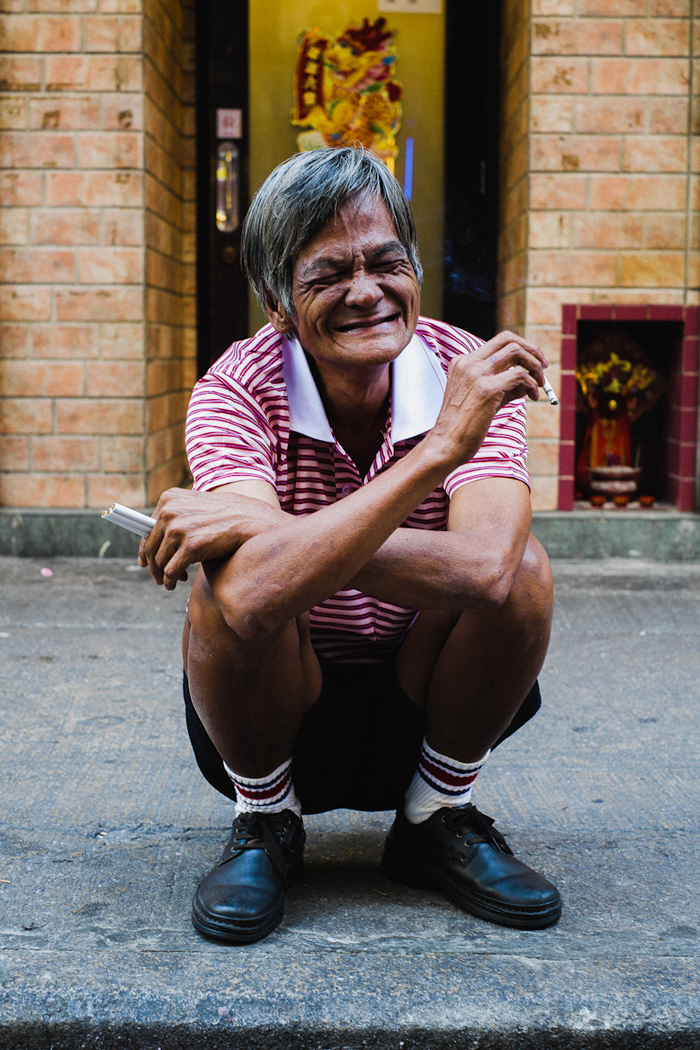
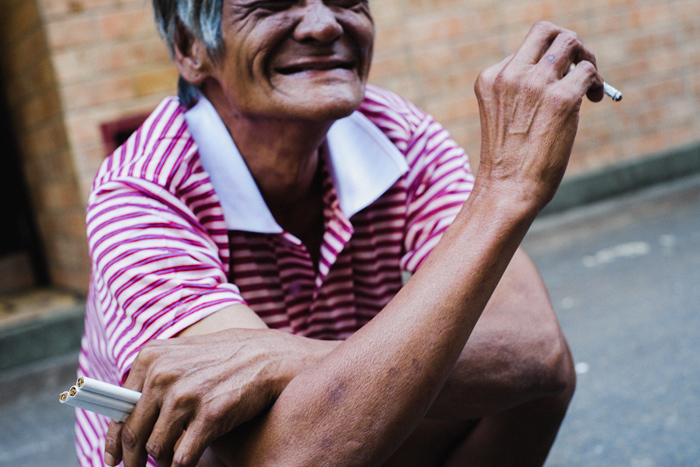



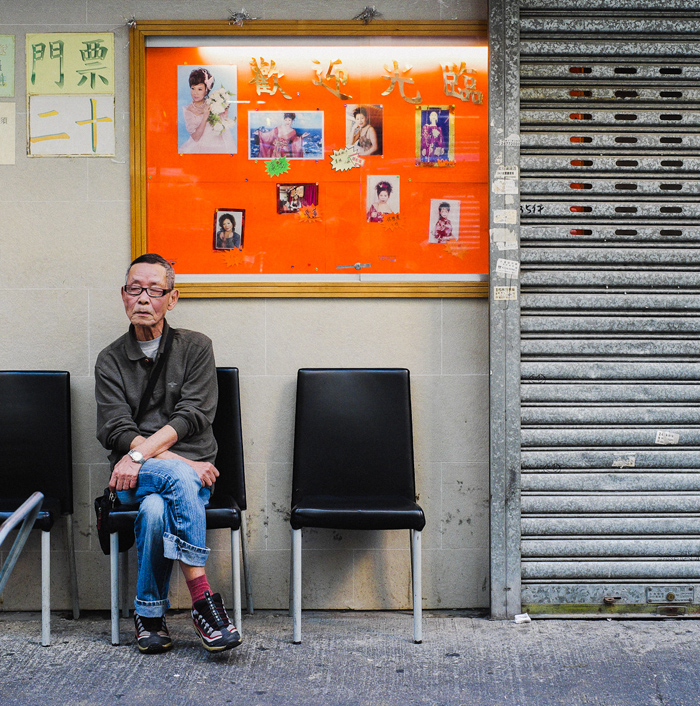


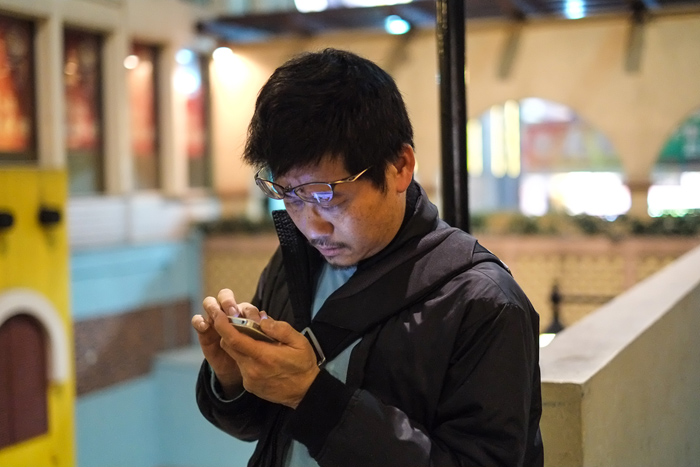


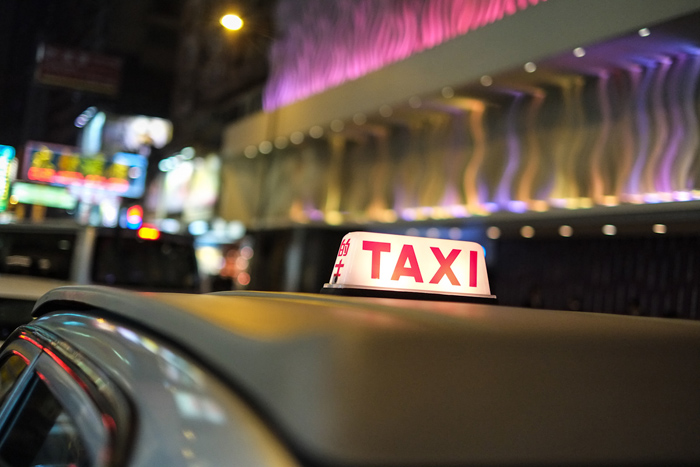 (Taxi, 1/1000th F1.4, ISO 3200)
(Taxi, 1/1000th F1.4, ISO 3200)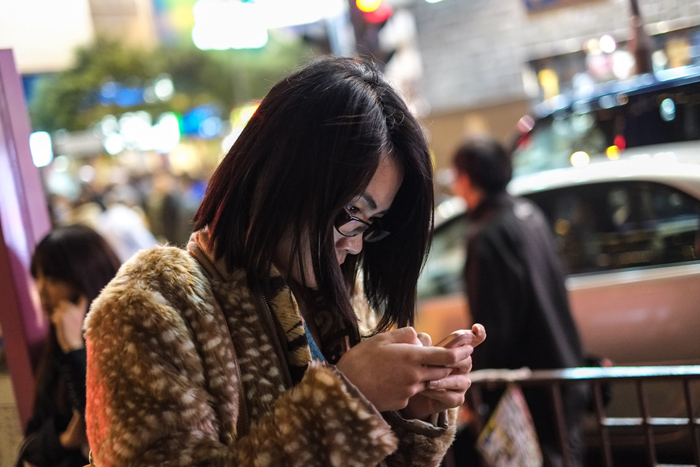








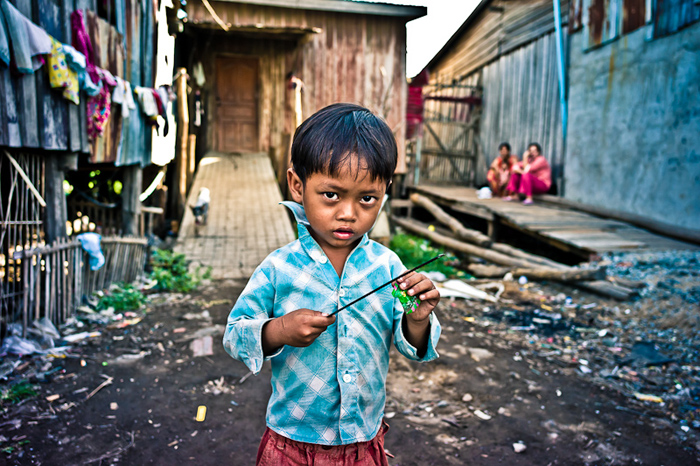 (Children live along the disused railway line in Phnom Penh, one of the poorest parts of the city - this shot taken with the Zeiss 25mm 2.8 lens, which surpassed my expectations, delivering amazing sharpness and 3D look every time)
(Children live along the disused railway line in Phnom Penh, one of the poorest parts of the city - this shot taken with the Zeiss 25mm 2.8 lens, which surpassed my expectations, delivering amazing sharpness and 3D look every time)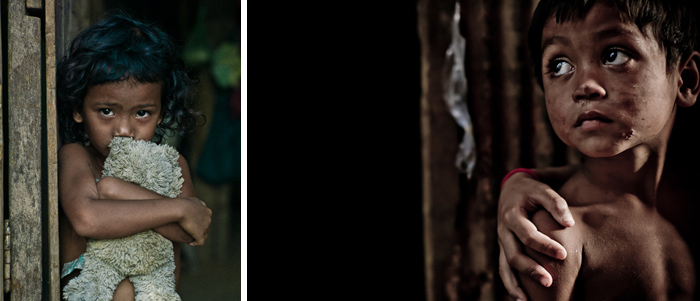 (More kids living in shacks along the disused railway line)
(More kids living in shacks along the disused railway line)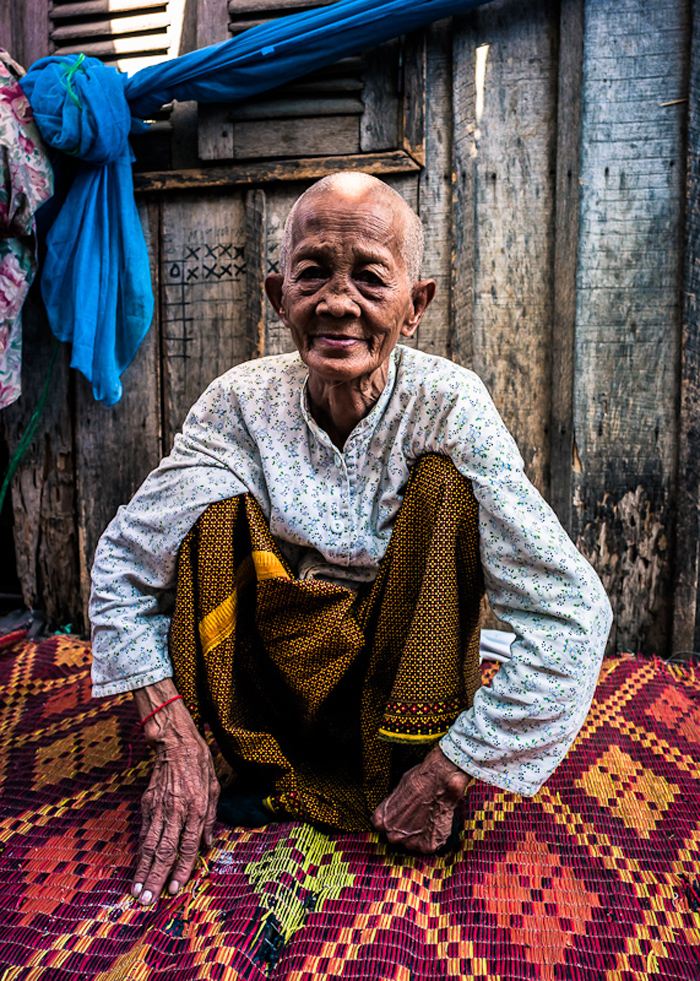 (old lady, shot with the Zeiss 25mm lens...amazingly sharp)
(old lady, shot with the Zeiss 25mm lens...amazingly sharp)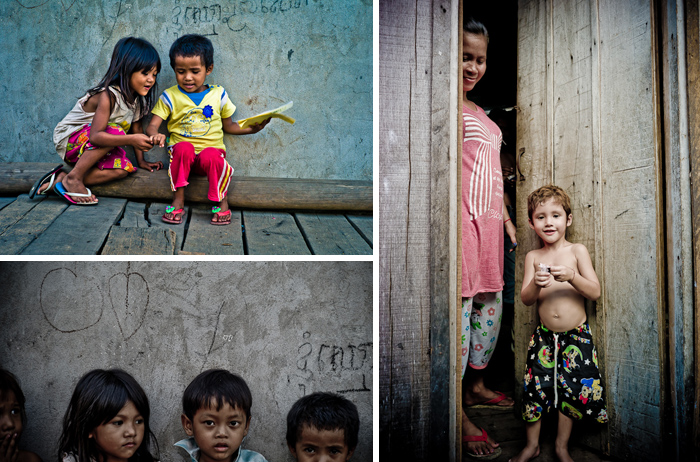 (Children of the railway village, including the 'western' looking child we found pictured here on the right)
(Children of the railway village, including the 'western' looking child we found pictured here on the right)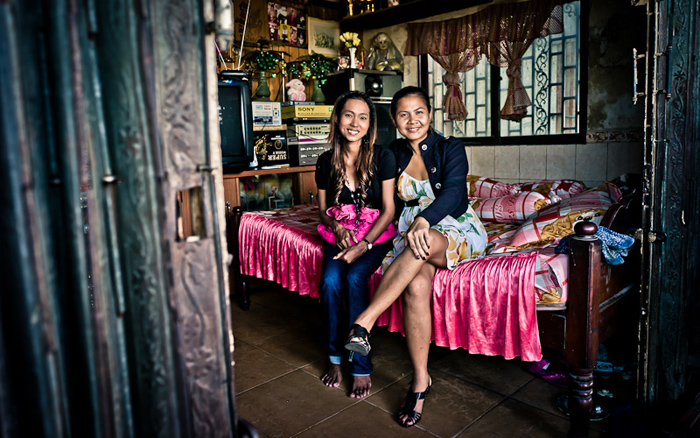 (working girls that live in the railroad slums)
(working girls that live in the railroad slums)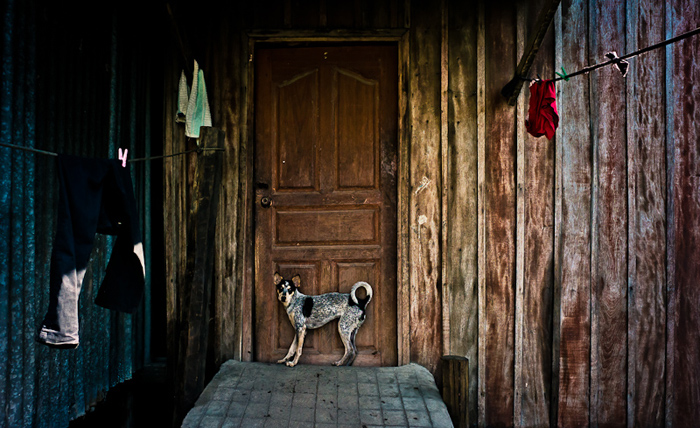 (in the doghouse...)
(in the doghouse...)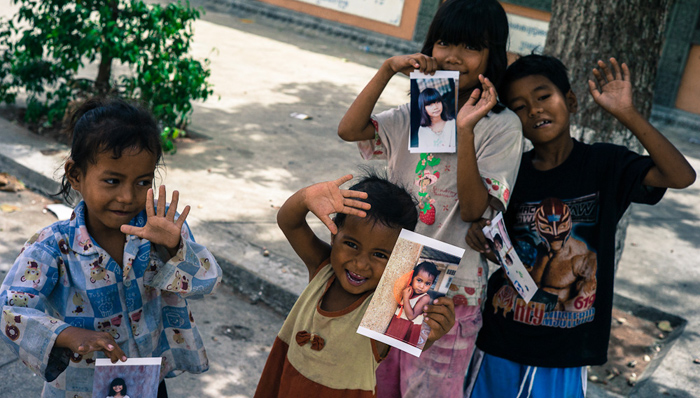 (giving back a print and some candy to the kids was certainly the best way to gain access for us)
(giving back a print and some candy to the kids was certainly the best way to gain access for us)
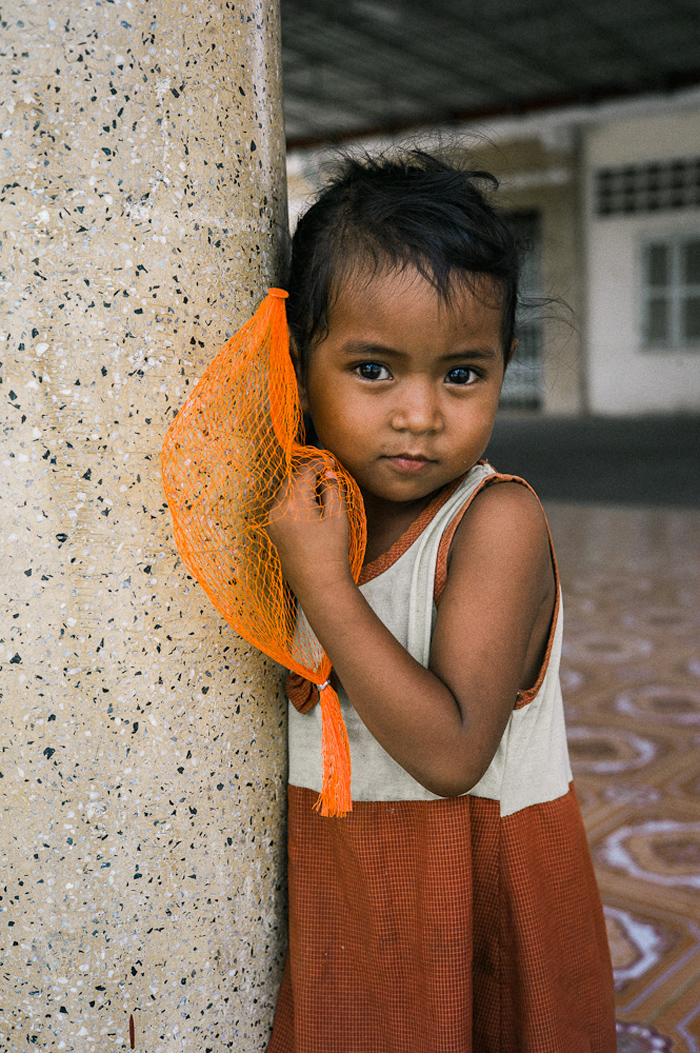
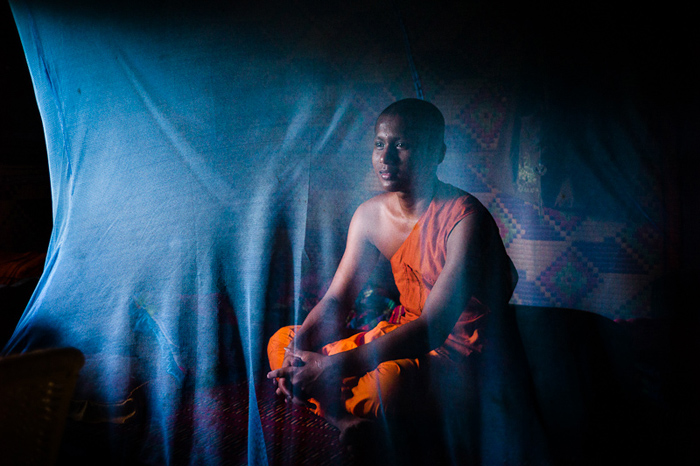

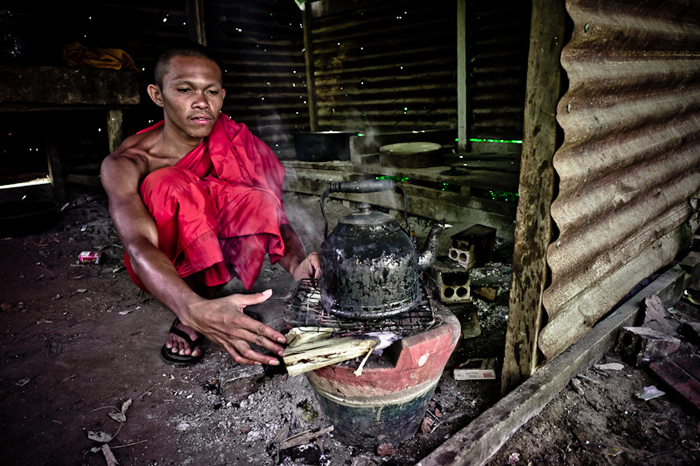


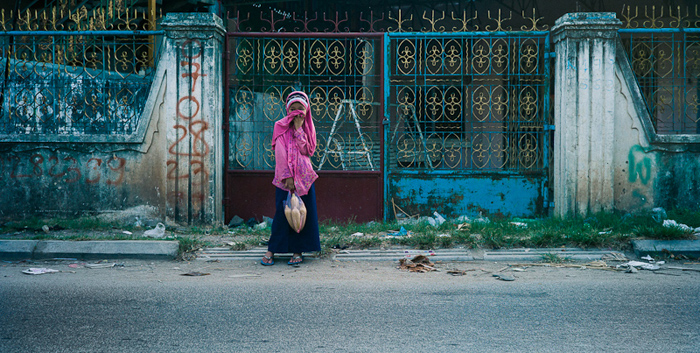 (young muslim girl in Phom Penh)
(young muslim girl in Phom Penh)
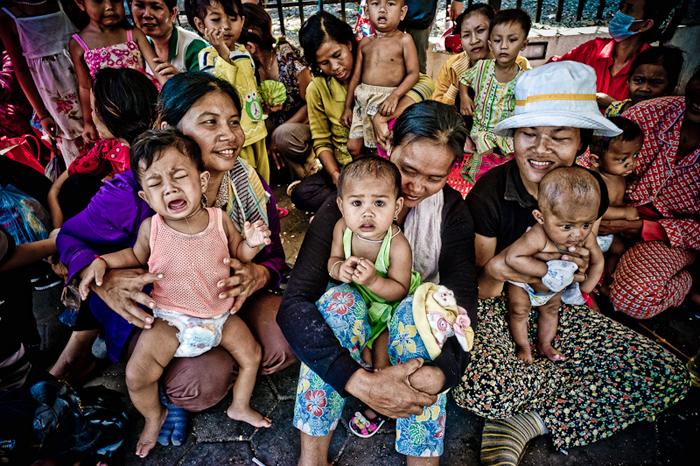 (the Zeiss 21mm 2.8 performed amazingly on the M9)
(the Zeiss 21mm 2.8 performed amazingly on the M9)
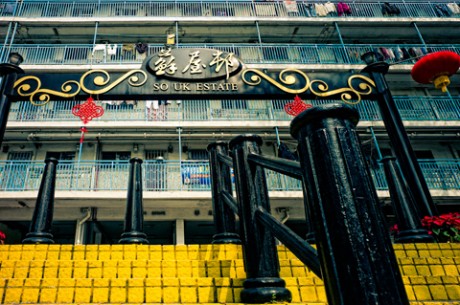 Sunday morning, and myself and good friend and fellow Leica photographer 'Rocco' met up for a traditional English breakfast in Soho before deciding where to head out for some street photography on this pleasantly sunny but chilly Sunday morning.
We decided to visit 'So Uk' in Cheung Sha Wan, reported as the oldest government housing estate in Hong Kong. We thought it might make an interesting subject so we jumped on the MTR and headed off into Kowloon.
Sunday morning, and myself and good friend and fellow Leica photographer 'Rocco' met up for a traditional English breakfast in Soho before deciding where to head out for some street photography on this pleasantly sunny but chilly Sunday morning.
We decided to visit 'So Uk' in Cheung Sha Wan, reported as the oldest government housing estate in Hong Kong. We thought it might make an interesting subject so we jumped on the MTR and headed off into Kowloon.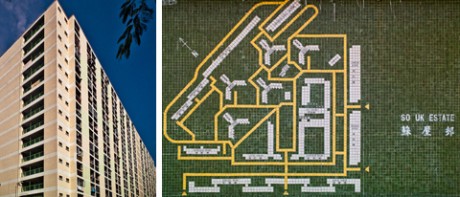
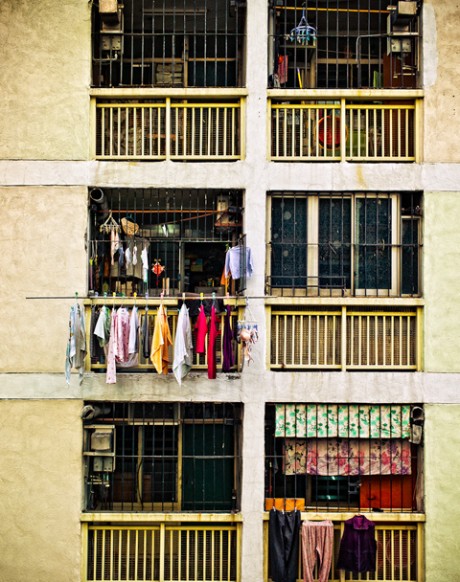
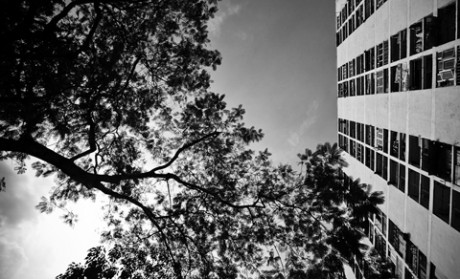
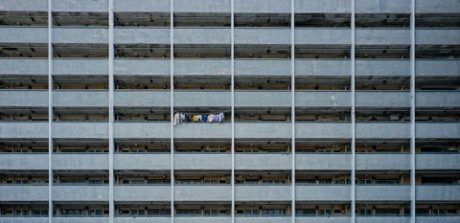
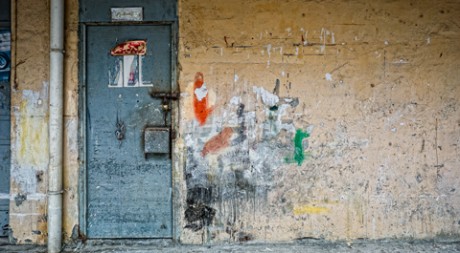
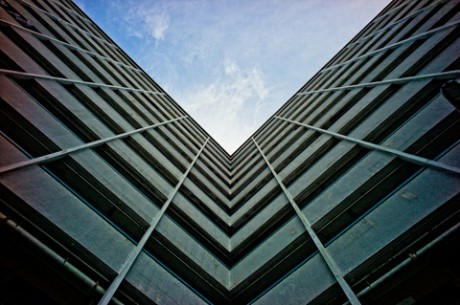
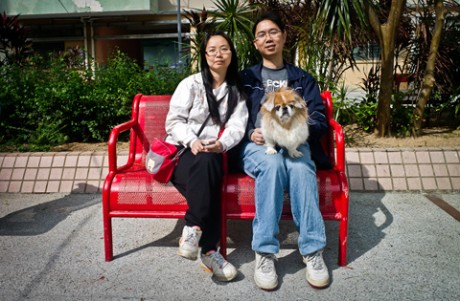
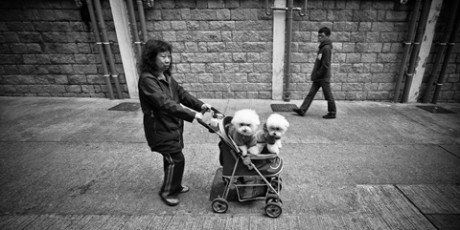
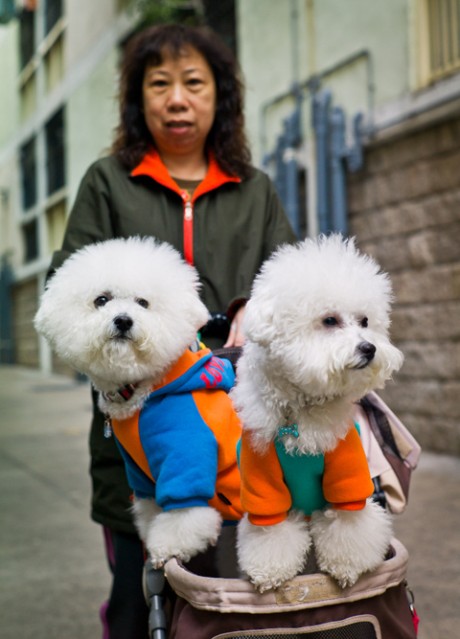

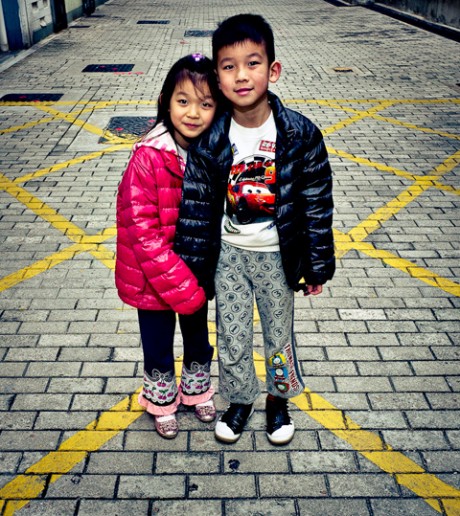
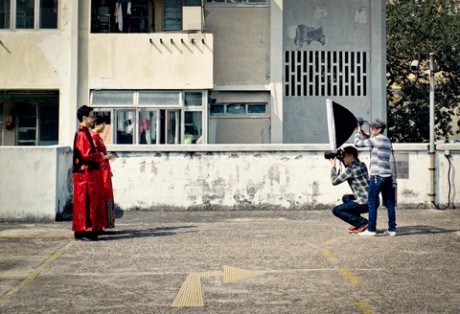
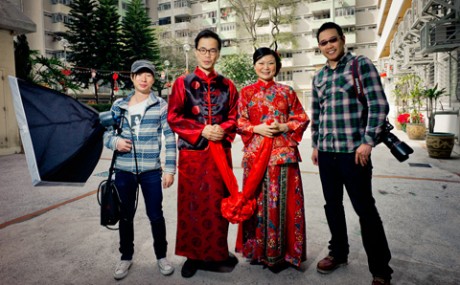
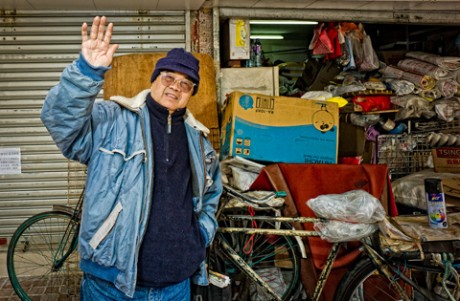
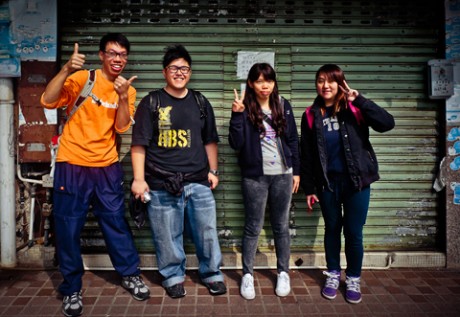
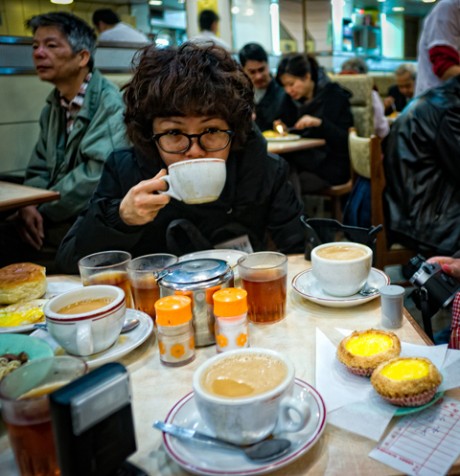
 So its finally happening! Eric Kim is flying in from LA to host with F8 Photography a 2 day Street Photography Workshop.
So its finally happening! Eric Kim is flying in from LA to host with F8 Photography a 2 day Street Photography Workshop.

